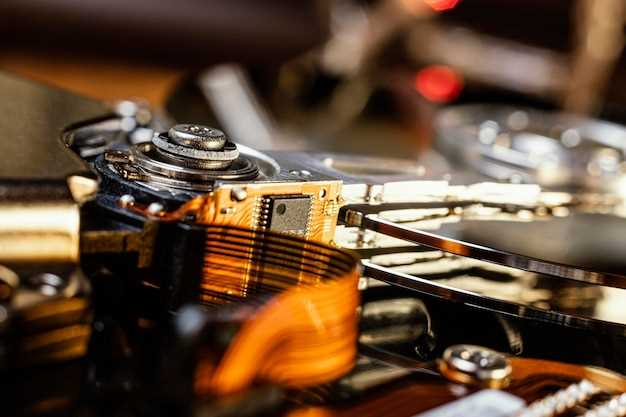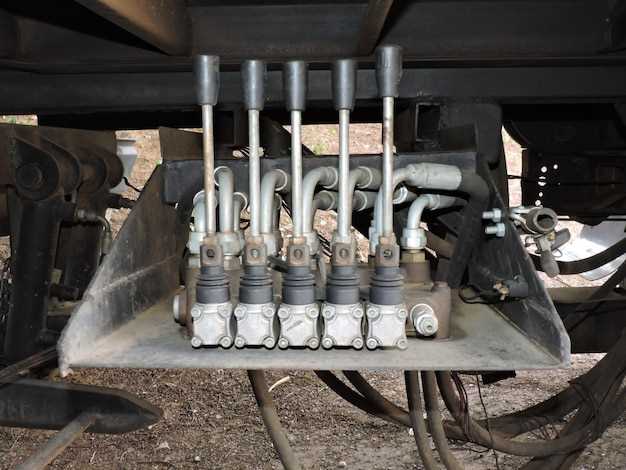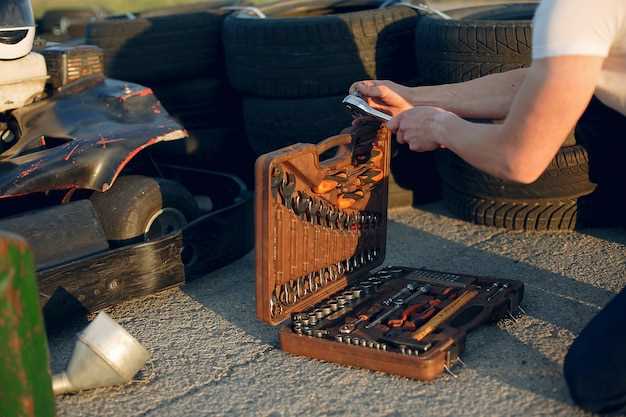
The Toyota Land Cruiser is a legendary vehicle, known for its durability, off-road capability, and timeless design. However, as automotive technology advances, many enthusiasts are seeking ways to enhance their classic Land Cruisers through engine swaps. An engine swap can breathe new life into an aging vehicle, improving performance, efficiency, and reliability. In this article, we explore some of the best engine swap ideas that can transform a Land Cruiser restoration project into a thrilling powerhouse.
Choosing the right engine for your Land Cruiser restoration is crucial. Factors such as compatibility, weight distribution, and power output should be considered to ensure a successful swap. From modern Toyota engines to high-performance options from other manufacturers, the possibilities are endless. Each option has its unique advantages that can complement the rugged nature of the Land Cruiser while elevating the driving experience to new heights.
In the sections that follow, we will delve into various engine swap options, discussing their benefits and suitability for different Land Cruiser models. Whether you’re looking for more torque for off-road adventures or better fuel efficiency for daily driving, we’ve curated the best ideas to help you make an informed decision. Embrace the potential of your Land Cruiser restoration with an engine swap that matches your driving aspirations and style.
Choosing the Right Engine for Off-Road Performance

When it comes to enhancing the off-road capabilities of a Land Cruiser, selecting the right engine is crucial for optimal performance. The choice of engine influences torque, horsepower, and fuel efficiency, which are all essential for navigating challenging terrains.
Consider Torque Over Horsepower: Off-road driving often requires high torque at low RPMs. An engine that delivers strong low-end torque will help your vehicle climb steep hills, navigate rocky paths, and travel through mud without losing momentum. Diesel engines, such as the 1VD-FTV, are renowned for their superior torque output, making them an excellent choice for off-road applications.
Evaluate Engine Size: Engine displacement plays a significant role in performance. Larger engines typically produce more power and torque, but also consider the balance between size and vehicle weight. A well-matched engine contributes to improved handling and stability on uneven surfaces. Smaller, turbocharged engines can also provide a balance of power and efficiency, making them suitable for specific off-road scenarios.
Fuel Type and Efficiency: The type of fuel your engine uses can affect performance and range. Diesel engines generally offer better fuel economy and torque, while gasoline engines provide higher RPM performance. Evaluate your driving conditions and habits to decide which fuel type aligns with your off-road performance goals.
Aftermarket Support and Modifications: An engine that has a robust aftermarket support system makes upgrades and maintenance easier. Engines with common aftermarket parts can enhance performance with modifications such as turbochargers, exhaust systems, and tuning. Research available upgrades to ensure that your chosen engine can be adjusted to meet your performance needs.
Reliability is Key: Off-road adventures can be demanding, and your engine must be reliable in extreme conditions. Select an engine known for its durability and low maintenance requirements. Reviews and recommendations from fellow off-road enthusiasts can provide insight into which engines stand the test of time in rugged environments.
Ultimately, choosing the right engine involves balancing power, efficiency, and reliability to meet off-road performance expectations. Evaluate your specific needs and preferences carefully to make an informed decision that enhances your Land Cruiser’s capabilities.
Installation Tips for a Smooth Engine Replacement Process

Beginning an engine swap in your Land Cruiser can be a daunting task, but with careful preparation, you can ensure a smooth installation process that enhances performance. Start by gathering all necessary tools and parts, including engine mounts, wiring harnesses, and fluids. Having everything ready will save time and reduce frustration.
Next, create a clean and organized workspace. This will help you easily access tools and components during the installation. Consider using a rolling cart for tools and parts, allowing you to move around your workspace efficiently.
Before removing the old engine, take the time to label wires and hoses. This step is crucial for ensuring that you reconnect everything correctly in the new setup. Keep a notebook handy to jot down essential information and any specific steps you encounter. Documentation will make reassembly much simpler.
When lifting the engine, use a quality engine hoist and ensure it is rated for the weight being lifted. Take your time to align the new engine with the mounts properly; misalignment can lead to performance issues down the road. Check clearances and adjust as necessary before securing the engine in place.
Once the new engine is installed, focus on reconnecting the wiring and hoses based on your earlier labels. Ensure electrical connections are tight and that there are no frayed wires that could lead to performance problems. It’s also a good idea to replace worn hoses and belts during this process to maximize reliability.
After everything is connected, double-check fluid levels–oil, coolant, and transmission fluid–prior to starting the engine. Cranking the engine without proper fluids can lead to catastrophic damage. Once you’re ready, start the engine and let it idle for a few minutes while monitoring for leaks and odd noises.
Finally, take the truck for a test drive. Initially, keep it at moderate speeds to allow the new engine to break in. Listen for any irregular sounds and check that all systems are functioning correctly. Adjustments may be necessary after the first few drives to achieve optimal performance.
Tuning and Upgrading: Maximizing Power After the Swap
After completing an engine swap in your Land Cruiser, the next crucial step is tuning and upgrading to maximize its performance. The new engine’s potential can be harnessed effectively with the right modifications and adjustments. Start by installing a high-performance air intake system that allows for optimal airflow, enhancing engine efficiency and power output.
Next, consider upgrading the exhaust system. A less restrictive exhaust will not only improve engine performance but also contribute to a more aggressive sound, adding to the overall driving experience. Headers, high-flow catalytic converters, and performance mufflers are excellent options for this purpose.
ECU tuning is another vital step post-swap. A properly tuned engine control unit can significantly enhance throttle response, increase power, and improve fuel efficiency. Many companies offer custom tuning solutions specifically designed for various engine types, ensuring that the new setup operates at its best.
In addition to tuning the engine, upgrading the fuel system is essential. Swapping in larger fuel injectors and upgrading the fuel pump can provide the necessary fuel flow to support increased power levels. This ensures that the engine receives adequate fuel during high-demand situations, preventing any lean conditions that could lead to damage.
Finally, don’t overlook the importance of drivetrain modifications. Strengthening the transmission and rear-end components can help manage the increased power safely. Consider adding a performance transmission cooler and upgrading the differential for better torque transfer.
By carefully tuning and upgrading the components after your engine swap, you can unleash the full potential of your Land Cruiser, transforming it into a powerful and reliable beast both on and off the road.
